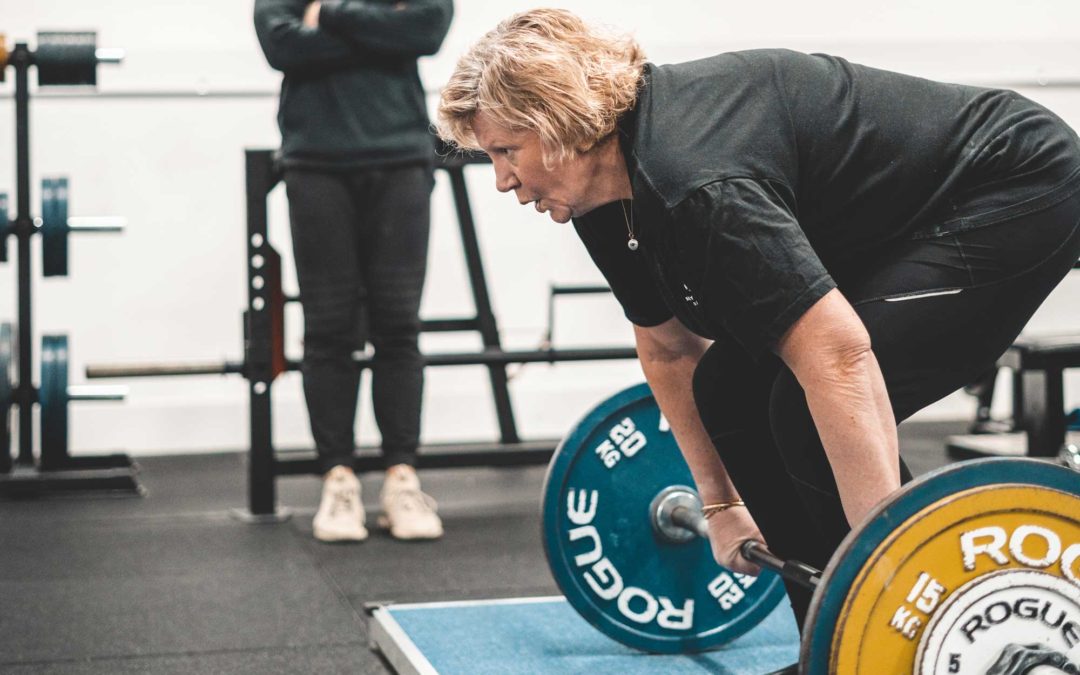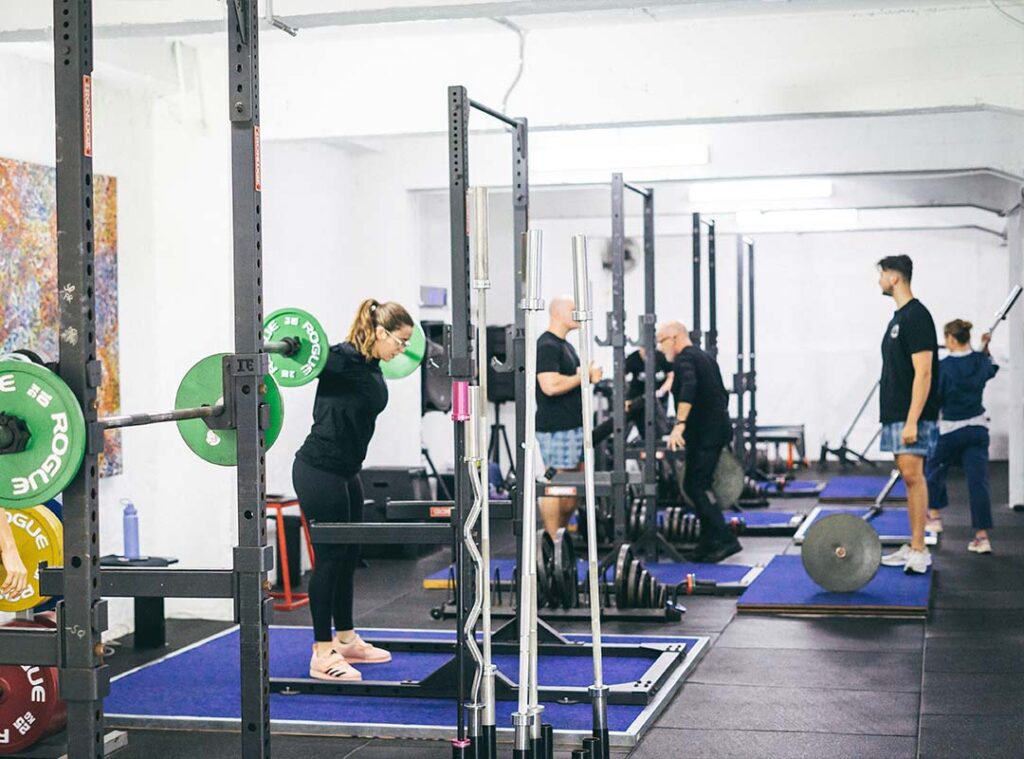You’re now aware of the importance of lifting heavy weights (and if any doubts linger, refer to last month’s article here). The next question is: “How do I lift heavy?” Within a Resistance Training program are the key variables of frequency, volume, intensity, exercise choice, and technique. These variables are the building blocks of effective Resistance Training – the tools you need to be stronger for life. At Sydney Strength Training we don’t just impart exercise knowledge but help develop strategic and personalised training. Training, practically defined as a purposeful approach to achieving set goals through exercise, forms the core of our approach. Exercising at random just won’t cut it. For many Sydney Strength Training members (and perhaps yourself reading this), the goal is lifelong strength. So, sit down, grab your favourite beverage (preferably a coffee!) and dive into today’s article.
The nuts and bolts of lifting heavy
Frequency, volume, and intensity may seem complex, but they distil into three simple factors: how often, how much, and how hard. Sounds straightforward, right? In practical terms, consider the following:
- How frequently can you train within a given time frame before repeating the same sessions? (both Resistance Training and Cardio)
- How much work should you aim for? For instance, as a beginner, you might require fewer total sets per exercise.
- How challenging should the weight be? This doesn’t necessarily mean the absolute bar weight, but its relative difficulty based on your current abilities and program.
These variables are interdependant. For instance, if I target my leg muscles on Monday with plenty of sets and reps (volume) at demanding loads approaching failure (intensity), my ability to use my legs again in a few days might decrease, impacting how often I can train them (frequency). See the connections? As the saying goes, there are many roads to Rome and understanding how they connect is critical to success (1). Our role is to assist in crafting a plan that not only drives success but also proves gratifying and enjoyable. To do so, you must lift a weight that poses a challenge within your current abilities and resources.
What’s the best way to lift heavy?
First off, it’s a bit of a trick question. Exercises can be performed in ways to “maximize” performance or, purposefully in an “inefficient” manner to increase perceived difficulty with lighter weights. For example, varying squat stance, depth and bar placement can serve specific purposes based on individual needs. Equipment choice also comes into play either for factors such as current injuries or limitations, equipment availability and personal preference. While free weights offer coordination benefits and are convenient to use, machines, cables and other pieces of kit have their roles too. For many, a Leg Press can substitute squats temporarily when balance is an issue. At Sydney Strength Training we tailor exercises based on individuals’ needs and practicality. As stated in this paper, “the selection between…exercises should be based on individual and practical aspects, such as, equipment availability, movement specificity, individual preferences and time commitment (2).”
Reap the rewards of lifting heavy
We’ve said it many times and we’ll keep doing so; Resistance Training is a fantastic way to help you age gracefully and stay stronger, for life. Our bodies adapt, necessitating a deliberate approach to changing your health for the better. To drive change, we must offer a challenge; delivering effective exercise instruction and programs to overcome adaptation is what we excel at. What we hope you grasp today is the rationale behind our choices at Sydney Strength Training. Training isn’t a random assortment of exercises, weights, and reps, but a thoughtful and methodical process. To delve deeper, improve your training and quality of life, reach out to us here. Remember, if it’s not challenging, it’s not effective.
References:
- Borde R, Hortobágyi T, Granacher U. Dose-Response Relationships of Resistance Training in Healthy Old Adults: A Systematic Review and Meta-Analysis. Sports Med. 2015 Dec;45(12):1693-720. doi: 10.1007/s40279-015-0385-9. PMID: 26420238; PMCID: PMC4656698.
- Gentil P, Soares S, Bottaro M. Single vs. Multi-Joint Resistance Exercises: Effects on Muscle Strength and Hypertrophy. Asian J Sports Med. 2015 Jun;6(2):e24057. doi: 10.5812/asjsm.24057. Epub 2015 Jun 22. PMID: 26446291; PMCID: PMC4592763.

